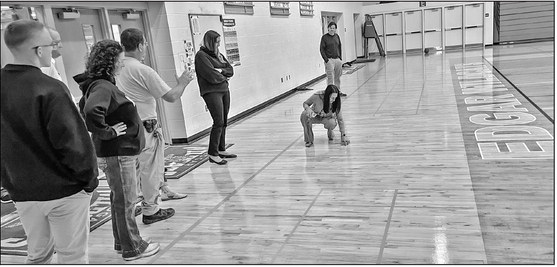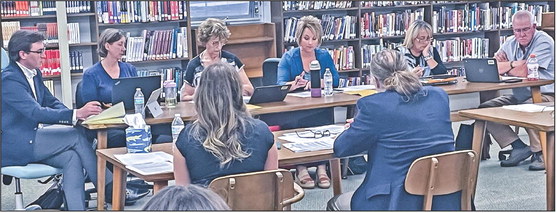Edgar K-12 to have one valedictorian starting in 2029
Salutatorian will also be named; special honors for others with 4.0 GPA
Starting with the class of 2029, Edgar High School will only name a single valedictorian, plus one salutatorian, while separately recognizing all other students who achieved a 4.0 grade-point-avera...


